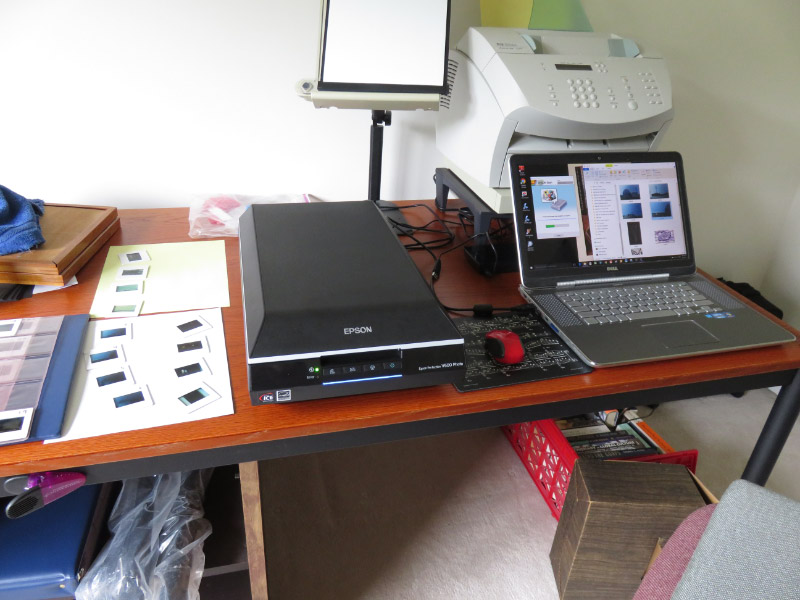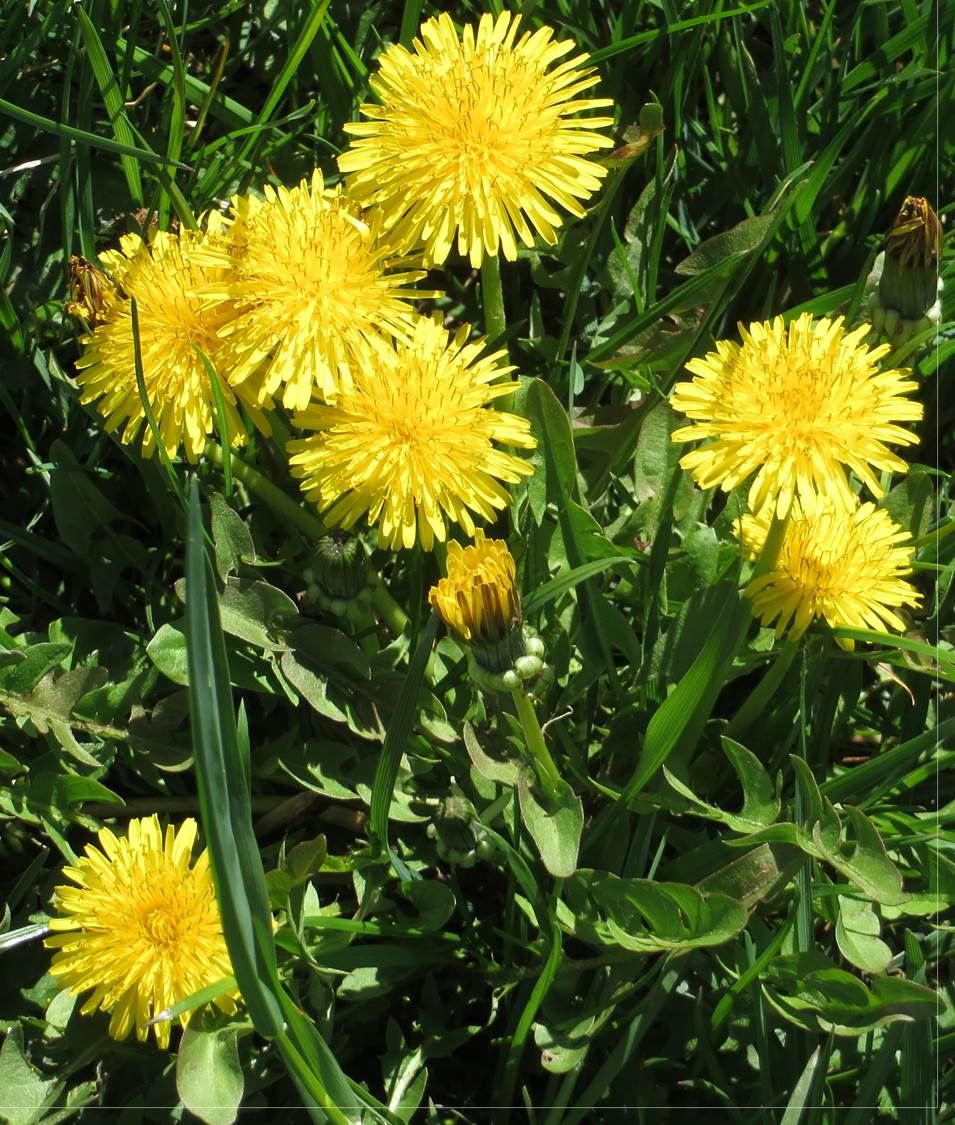Learning Log – May 2016
/Most of the learning I logged in May was experiential or in conversations with other people. I went to a lecture on wildflowers – the closest I came to a class. The speaker included a segment on buzz pollination, reinforcing what I already knew about it from my son-in-law about the topic. He also pointed out that the jack-in-the-pulpit flowers look the same from the outside but the male and female flowers are quite different inside – but one has to cut away the outer part of the flower to see the structures. Not something I would do!
One area of experiential learning in May was picking strawberries. Years ago when I picked strawberries, I did so on my knees so I was pleasantly surprised that the mounds of my CSA’s strawberry patch made it easier to just bend over to gather the fruit. I’m still enjoying the strawberries I picked.
The other big experience of the month was using the scanner – primarily for old slides, pictures and Zentangle tiles. I learned to use a can of compressed air to clean the dust off periodically and how to scan multiple items at a time (into separate images). I also raised the scanner on a stand so that I didn’t have to bend over slightly each time I loaded it.
There were a lot of factoids I picked up in conversations with other naturalists before field trip hikes:
- Carolina wrens build multiple nests and then the female chooses one (from a birder),
- Earthworms come to the surface during rains not because they are drowning but because they are migrating (from another naturalist that had been reading about it),
- How the ‘points’ of antlers are counted (from a chaperone of a hiking group),
- Inexpensive wire mesh kitchen strainers work great to capture macro-invertebrates in rivers and streams (from a leader of a field trip to the Patapsco River).































